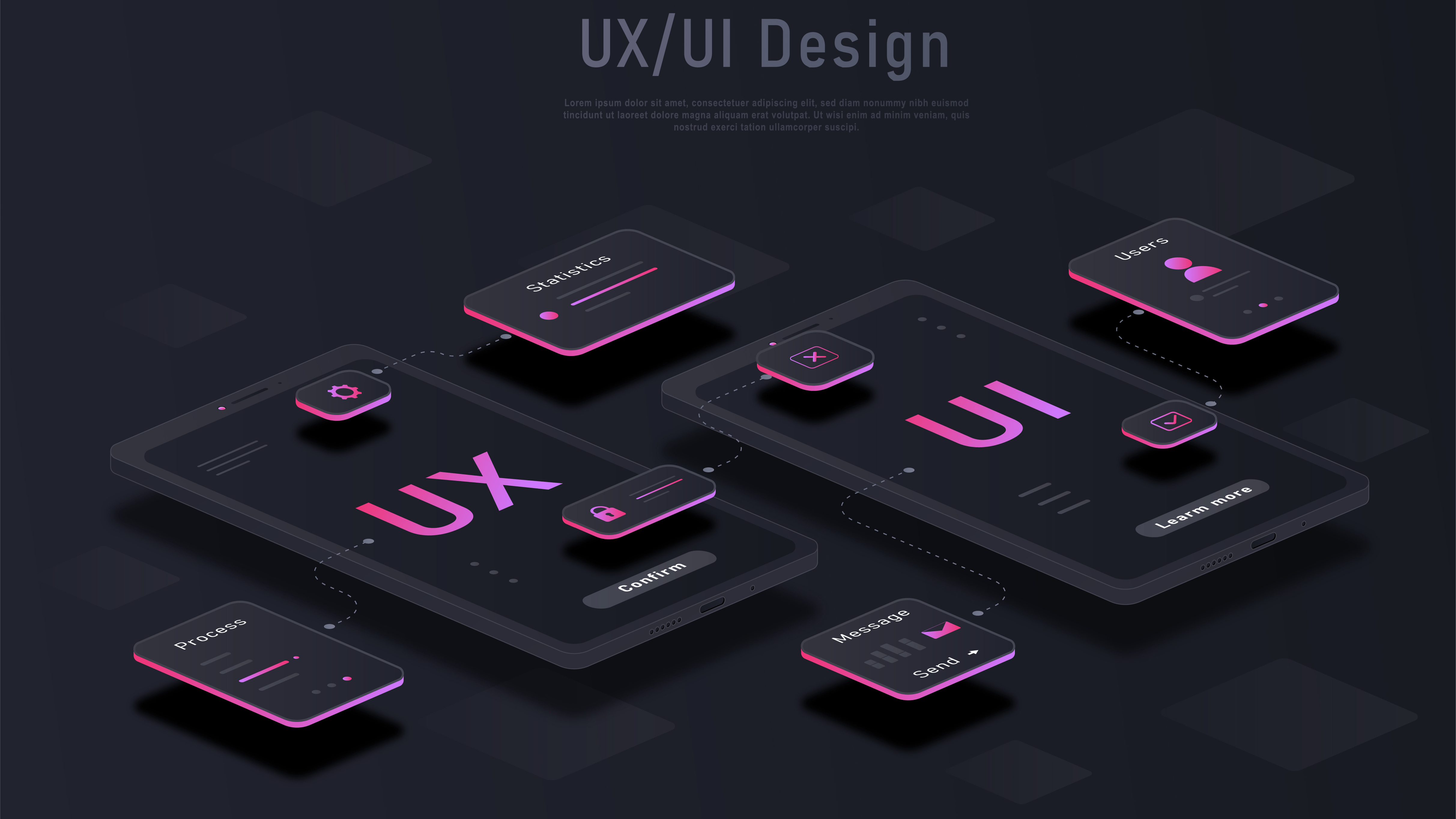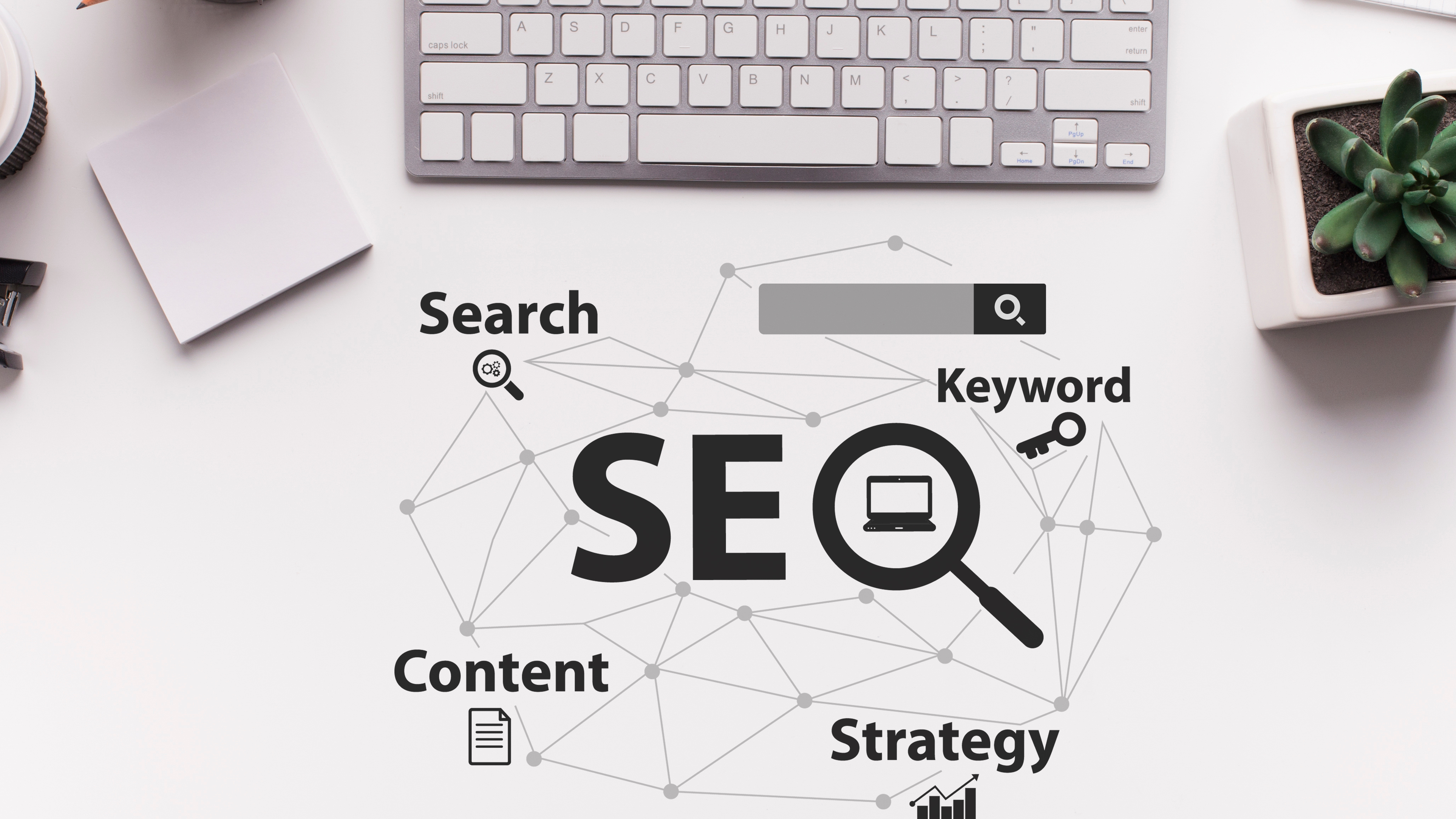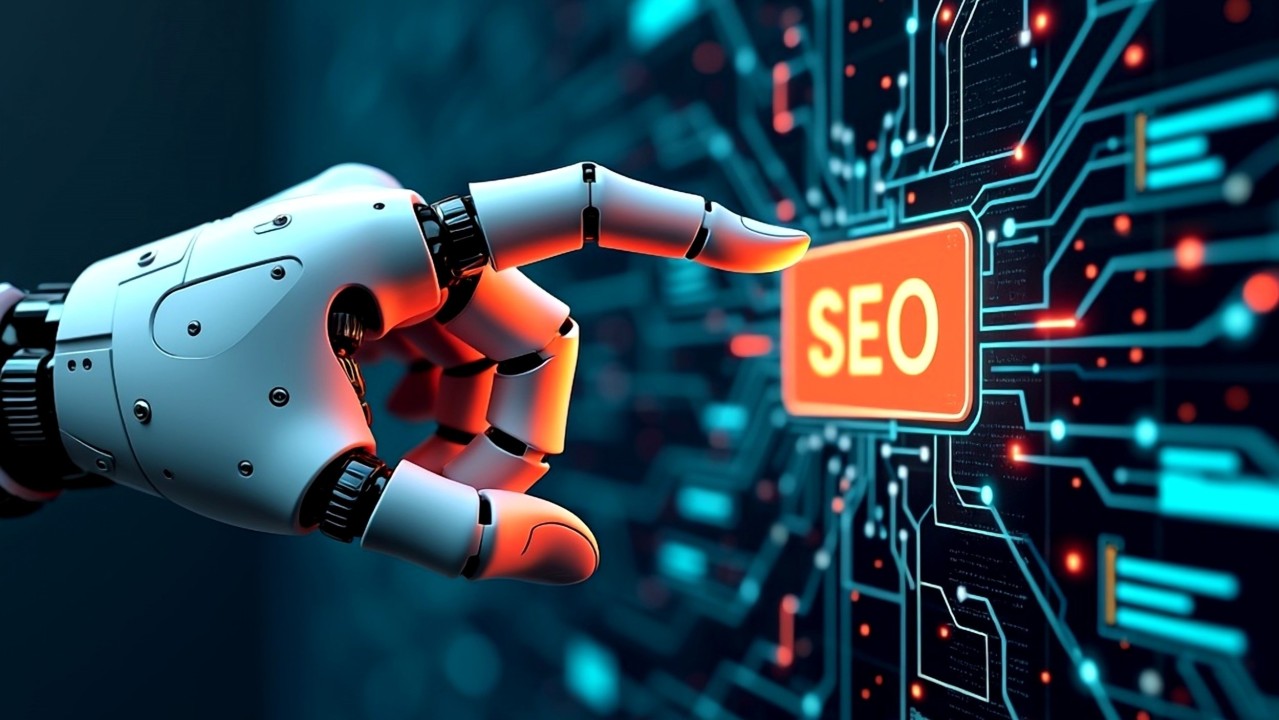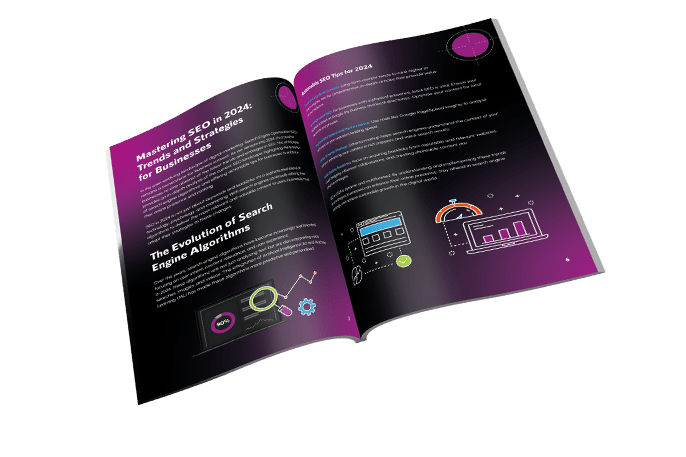News
Sustainability in Design: How UX/UI Trends in 2025 Prioritise Green Choices
In 2025, digital marketing will witness a seismic shift as sustainability becomes a cornerstone of user experience (UX) and user interface (UI) design. With consumers increasingly aware of the environmental impact of their online activities, designers are striving to meet the growing demand for greener, more sustainable digital experiences. As the digital landscape evolves, companies in the UK and around the world are recognising the importance of adopting green principles not only in their products but also in the way they engage their audiences online.
This article explores how UX/UI design trends are set to prioritise sustainability in 2025, how this will impact digital marketing strategies, and the role these trends will play in reducing the environmental footprint of websites and apps. Through careful design, developers can craft experiences that not only meet the needs of users but also reduce energy consumption, optimise resource usage, and align with the growing push for corporate responsibility.
The Environmental Impact of Digital Activities
Before delving into the specifics of UX/UI design, it’s essential to understand the environmental footprint of digital activities. The internet is responsible for a significant portion of global energy consumption. According to a 2021 report from the International Energy Agency (IEA), digital technologies (including data centres, transmission networks, and user devices) were responsible for approximately 4% of global carbon emissions in 2020, a number that’s expected to rise as the internet continues to expand (source: IEA).
Moreover, a study by the Shift Project found that digital activities, such as streaming videos, social media, and email, consume a vast amount of energy due to the immense data storage and server farms required to maintain them. This means that every digital interaction, from browsing a website to engaging with social media content, carries an environmental cost.
As a result, many companies and designers are beginning to recognise that they can no longer ignore the environmental cost of digital products. They are now focusing on minimising this cost through sustainable UX/UI practices.
The Role of UX/UI Design in Sustainability
UX and UI design play a significant role in the overall digital experience, influencing everything from user interaction to the efficiency of digital systems. By embracing sustainable design principles, designers can reduce the energy consumption associated with these activities. Sustainable UX/UI design can be understood as creating digital products that provide value while having minimal impact on the environment.
- Optimising Performance One of the key ways UX/UI design can become more sustainable is by focusing on performance optimisation. Websites and apps that are sluggish or require large amounts of data to load not only frustrate users but also increase energy consumption. Slow-loading sites and excessive data transfer can result in unnecessary energy expenditure from servers, users’ devices, and internet connections.
- Reducing Carbon Footprint Through Green Hosting The environmental impact of digital products is heavily influenced by where they are hosted. Traditional hosting services rely on energy-intensive data centres, which can contribute significantly to a website’s carbon footprint. However, a growing number of web hosting providers are now focusing on sustainability by offering “green hosting” services. These services use renewable energy sources, such as wind or solar power, to run their data centres, significantly reducing the environmental impact.
- Energy-Efficient Design As user devices become more powerful, the energy required to run them increases. However, designers can mitigate this by making energy-efficient design choices. Mobile-first design, for instance, can help to reduce power usage, as mobile devices typically consume less energy than desktops or laptops. Similarly, adopting dark mode or using fewer animations and transitions in app and website design can help users save battery life on their devices.
- User Education and Eco-Friendly Actions A growing trend in UX/UI design is using design to educate users about sustainability and encourage eco-friendly behaviours. This could involve incorporating information on how users can reduce their carbon footprint, whether through energy-saving settings or by opting for green services.
- Ethical Design Choices and Transparency Sustainability in design isn’t just about energy consumption—it’s also about the materials, processes, and values behind the products and services being offered. Ethical UX/UI design focuses on transparency, ensuring that users are fully informed about the products or services they are engaging with, including their environmental and social impact.
The Benefits of Sustainable UX/UI Design in Digital Marketing
Adopting sustainable UX/UI practices doesn’t just benefit the environment—it can also enhance a brand’s reputation, increase user engagement, and drive sales. Here’s why brands should embrace green choices in their digital marketing efforts:
- Improved Brand Loyalty Consumers are increasingly prioritising sustainability in their purchasing decisions. According to a report by Unilever, 33% of consumers are now choosing to buy from brands they believe are doing social or environmental good (source: Unilever). By incorporating sustainability into their UX/UI design, companies can resonate more deeply with environmentally-conscious consumers, boosting brand loyalty and customer retention.
- Competitive Advantage As sustainability becomes a key decision-making factor for consumers, brands that fail to adopt green practices may find themselves at a disadvantage. In 2025, brands that prioritise sustainability in their digital experiences will likely stand out from competitors who do not, positioning themselves as leaders in both innovation and corporate responsibility.
- Regulatory Compliance Governments around the world are introducing new regulations to hold companies accountable for their environmental impact. In the UK, for example, businesses are being encouraged to disclose their environmental performance under the Environmental, Social, and Governance (ESG) criteria. By adopting sustainable design practices, brands can stay ahead of regulatory requirements and ensure they meet sustainability goals.
- Optimised User Experience Sustainable design isn’t just about reducing energy consumption; it’s also about providing a better, more efficient user experience. Faster loading times, minimal data consumption, and easy-to-navigate interfaces all contribute to a smoother experience that enhances user satisfaction. A seamless UX not only reduces frustration but also increases the likelihood of repeat visits and conversions, making sustainable design a win-win for both the environment and business.
Conclusion
As we move into 2025, sustainability in design is set to become an integral part of the digital marketing landscape. With growing environmental awareness, consumers are increasingly demanding greener, more sustainable online experiences. By prioritising energy-efficient design, optimising performance, and embracing ethical and transparent practices, UX/UI designers can significantly reduce the environmental impact of digital products while also enhancing the user experience.
For businesses, the shift towards sustainable design offers numerous benefits, including improved brand loyalty, competitive advantage, and compliance with evolving regulations. In a world where sustainability is no longer a trend but a necessity, those who embrace green choices in their digital marketing efforts will be best positioned for success in 2025 and beyond.





The Ultimate Social Media Guide
With the ever-growing power of social media, we use the latest techniques, video, and animation software to craft eye-catching social media assets that make your brand pop. Our designers, wielding Adobe Creative tools, create distinctive animations and graphics to illuminate your brand story and highlight your products or services. Want a unique design? No problem – we also offer bespoke designs to match your brand aesthetic.